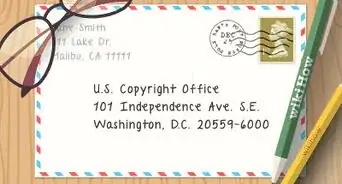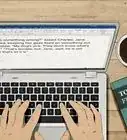This article was co-authored by Clinton M. Sandvick, JD, PhD. Clinton M. Sandvick worked as a civil litigator in California for over 7 years. He received his JD from the University of Wisconsin-Madison in 1998 and his PhD in American History from the University of Oregon in 2013.
There are 19 references cited in this article, which can be found at the bottom of the page.
This article has been viewed 30,241 times.
It is easy to protect rights in your music. As soon as you write down or record your music, you gain a “copyright” in the music. Copyright gives you many rights, including the right to reproduce the work, to distribute the work to the public, and to perform the music publicly.[1] If anyone else wants to perform your music, they must get your permission. However, to fully protect your music, you should register your copyright with the U.S. government. You should also monitor whether other people perform or use your music without permission and send appropriate legal notices.
Steps
Copyrighting Your Music
-
1Record or write down your music. You gain a copyright as soon as you fix the music in a tangible medium of expression.[2] Accordingly, you gain a copyright as soon as you write down the music or record it.
- You do not gain copyright protection by simply playing a song over and over again. It must be affixed in a tangible medium.
-
2Attach the copyright symbol. You can give people notice that your music is copyrighted by affixing a symbol to copies of your music. You are not required to give copyright notice. However, it can help warn others that the music is copyrighted.[3]
- For sound recordings, you should use the letter P within a circle as your symbol. Also include the year the sound recording was first published and the name of the copyright owner.
- If you write down your music, then use the letter C within a circle and include the year the music was published, along with the name of the copyright owner.
Advertisement -
3Think about registering your copyright. You are not required to register it with the Copyright Office. You have a copyright in your music even if you don’t register it. However, registration provides you with many advantages. For example:[4]
- You generally cannot sue in federal court for someone infringing your copyright unless you have registered the copyright.
- In a lawsuit, the court will consider your registration as proof of your ownership.
- You can get more compensation in a lawsuit if you are registered. For example, you qualify for attorneys’ fees and statutory damages of up to $150,000 per infringement of your music if you have copyrighted it.
-
4Download Circular 56. This publication from the U.S. Copyright office tells you everything you need to know about registering a copyright for music in the United States. The circular will explain whether you are registering a copyright for a “musical composition” or for a “sound recording.” It will also tell you how to register multiple songs in one filing. You should download it and read it.[5]
- A “musical composition” consists of music and any accompanying words. Usually, composers and lyricists register a copyright in musical compositions.
- A “sound recording” consists of a series of musical, spoken, or other sounds. Performers typically copyright sound recordings.
- You can register both. If you wrote the music and then performed the song, you can get a copyright for both the musical composition and the sound recording in one filing.
-
5Register your copyright online. You can register using the eCO website.[6] You will first need to create a user ID and a password.[7] After creating your account you can view a PDF tutorial which will help get you familiar with the online registration process.[8]
- Registering online is cheaper than registering using a paper application. It is also generally faster.
- You have to deposit a copy of the music with the Copyright Office. You can generally upload an electronic copy or deposit a hard copy through the mail.[9]
-
6Complete a paper application instead. You can still register using paper applications if you want. Forms are available at the Copyright Office website for download.[10] The form you fill out will depend on what you are copyrighting:
- You will have to fill out Form PA if you want to register solely the underlying musical composition.
- If you want to register the sound recording, then use Form SR.
- If you want to register both the musical composition and the sound recording in one application, then use Form SR.[11]
-
7Assemble your application. A complete registration will consist of the completed form, examples of the work to deposit with the Copyright Office, and payment of the applicable fee.
- Read the form for how many copies of the work you must deposit. Generally, if the work has been published, then you must deposit two. However, if the work was unpublished, then you must submit only one.[12]
- You can find the current fee schedule by checking the Copyright Office.[13] Make checks or money orders payable to “Register of Copyrights.”
-
8Mail the application. You should send the completed application to Library of Congress, U.S. Copyright Office, 101 Independence Avenue, SE Washington, DC 20559.[14]
- If you completed an application online but need to deposit a copy of the music through the mail, then you mail your deposit to the same address.
Monitoring Internet Distribution of Your Music
-
1Create Google alerts. You can find out if anyone is distributing copies of your music by creating a Google alert. Once you create the alert, Google will send you an email whenever it finds new content posted online that matches your search terms. To create an alert, you will need a Gmail account. Go to the Google Alerts page and enter the information you want to have an alert created for.[15] You should create alerts for:
- your band’s name (such as “Radioactive Redwoods”)
- names of each of your songs (e.g., “A Cry in the Forest”)
- if you have a copyright in lyrics, then sample lyrics
-
2Review your alerts daily. You should get into the habit of reviewing every alert at a set time of the day. For example, you might want to look at your alerts the first thing every morning. Try to get in the habit so you don’t skip a day.
- If you see that someone has posted your music on a website, then you will need to send the website owner a “takedown” notice. If the owner promptly removes the music, then they can’t be sued. Nevertheless, you must send a notice informing the owner that your music appears on their website.
-
3Decide if the use is “fair use.” Before sending a takedown notice, you must make sure that you have a justified claim of copyright infringement. In other words, the use of your music can’t be “fair use.” You need to decide whether the use of your music is “fair use” before sending a takedown notice.[16]
- Fair use is a vague concept which essentially means that some people can copy certain portions of your music in some situations. The court will look at multiple factors, such as how much of your music was sampled and whether the person sampling it “transformed” the sample. The court will also consider why the person sampled your music—for example, for educational purposes or to make money—and whether the sampling had a negative effect on your ability to make money from the song.[17]
- Generally, you will be justified in sending a takedown notice in most situations. For example, if someone uses an entire song or a large portion of the song, then you are justified in sending a takedown notice.
- However, in some situations, the use might be fair use. For example, someone who samples a few seconds of a song to use in a non-profit, educational video, might actually have a fair use defense. If you are unsure whether the sampling is fair use, contact an attorney for advice.
Sending a Takedown Notice
-
1Draft a takedown notice. The Digital Millennium Copyright Act (DMCA) gives websites and internet service providers protection from a copyright infringement claim when they host material that infringes on your copyright. However, in order to gain that protection, they must promptly remove infringing work when notified. You can contact the website or ISP that is hosting copies of your music and tell them to take it down.
- The takedown notice must be in a writing. You should send both a letter and an email to the website’s or ISP’s agent.
- Make sure that you identify in your takedown notice what copyrighted work is being infringed. If multiple musical compositions have been infringed, then provide a representative list.
- Identify where on the website the alleged infringement has occurred. Also specifically identify the material that is illegally copying your music. If a link is involved, then provide the link.
- Give your name and contact information so that you can be reached if there are questions.
- State that the information in your takedown notice is accurate and that you “have a good faith belief that the use of this material in the manner complained of is not authorized by the copyright owner, its agent, or the law.”
- State that, “under penalty of perjury,” you are authorized to send the notice on your own behalf or on behalf of the copyright owner.
- Include a signature. If you send an email, then include an electronic signature.[18]
-
2Find the agent to send the takedown notice to. You can send the notice to the agent for the website that is hosting your music or the internet service provider. You can find the agent in the following ways:
- Check the website. Large websites often will list the name of their agent on a “Contact Us” or “Terms of Use” page.
- Search the DMCA Agent directory at the U.S. Copyright Office.[19] You can search by the name of the company that owns the website or by the website name.
- If you can’t find the website owner, then look for the website’s internet service provider (ISP). You can find this information by searching on the www.whois.net website. Enter the website’s URL. The ISP may be listed.
-
3Mail the notice. Make sure to send it certified mail, return receipt requested. The receipt will serve as proof that the agent received the notice.
- You should also send the takedown notice through email. However, if you send by email, also send a letter through the mail.
-
4Bring a lawsuit if your music is not removed. The website owner or ISP should promptly remove the music and disable the account of whoever uploaded it to the website. If the music is not removed, or if it shows back up on the same website, you should contact an intellectual property lawyer. You might have to bring a lawsuit.
- You can find a qualified attorney by visiting your state or local bar association and asking for a referral. You can find your nearest bar association by visiting the American Bar Association website and clicking on your state.
- If you have registered your music, then you can get attorneys’ fees if you win.[20] This can make a lawyer affordable, especially if you have a strong case that you are likely to win.
References
- ↑ http://theseayfirm.com/how-to-send-a-cease-and-desist-letter/
- ↑ http://www.sfwa.org/2013/02/the-benefits-of-copyright-registration/
- ↑ http://www.copyright.gov/circs/circ01.pdf
- ↑ http://businesslawohio.com/top-5-benefits-of-copyright-registration/
- ↑ http://www.copyright.gov/circs/circ56a.pdf
- ↑ http://copyright.gov/eco/
- ↑ https://eco.copyright.gov/eService_enu/start.swe?SWECmd=Start&SWEHo=eco.copyright.gov
- ↑ http://copyright.gov/eco/eco-tutorial-standard.pdf
- ↑ http://www.copyright.gov/circs/circ50.pdf
- ↑ http://copyright.gov/forms/
- ↑ http://copyright.gov/forms/formsr.pdf
- ↑ http://copyright.gov/forms/formsr.pdf
- ↑ http://copyright.gov/about/fees.html
- ↑ http://www.copyright.gov/circs/circ50.pdf
- ↑ https://www.google.com/alerts
- ↑ https://www.naturescapes.net/articles/business/court-requires-that-you-consider-fair-use-before-sending-a-dmca-takedown-notice/
- ↑ http://fairuse.stanford.edu/overview/fair-use/four-factors/
- ↑ http://www.nolo.com/legal-encyclopedia/preparing-dmca-takedown-notice.html
- ↑ http://www.copyright.gov/onlinesp/list/a_agents.html
- ↑ http://www.nolo.com/legal-encyclopedia/hiring-copyright-attorney.html
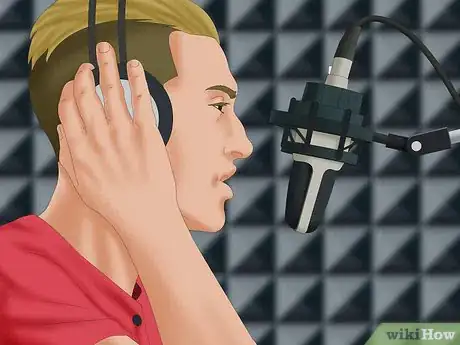

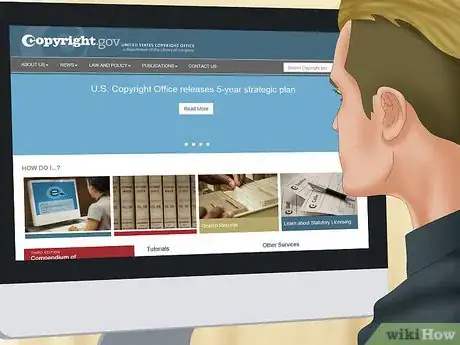


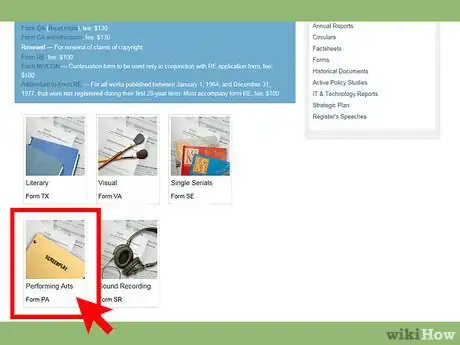
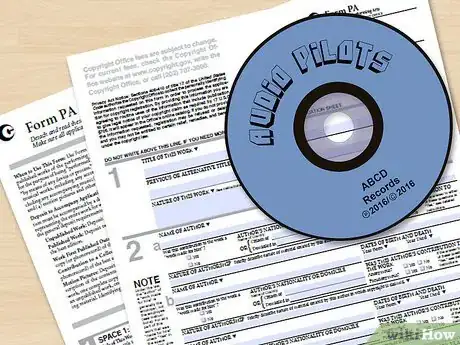
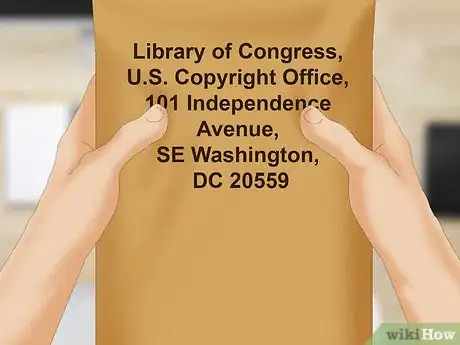
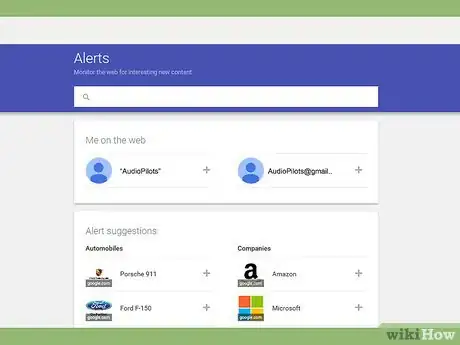
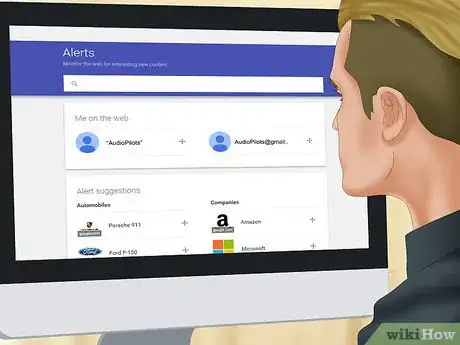
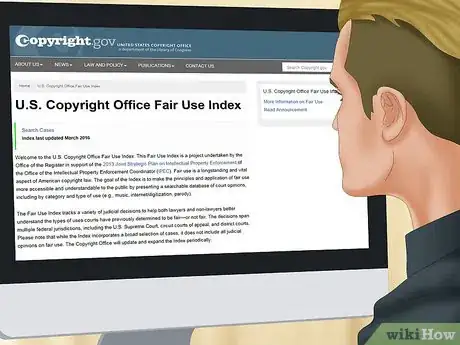
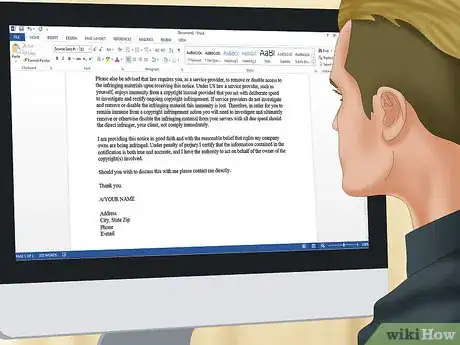
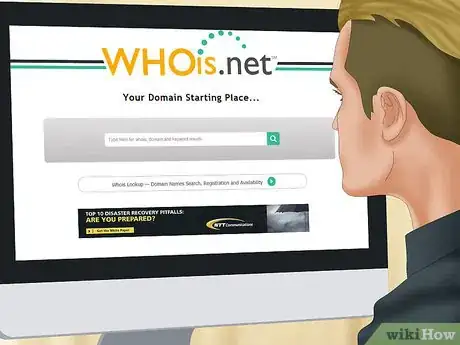
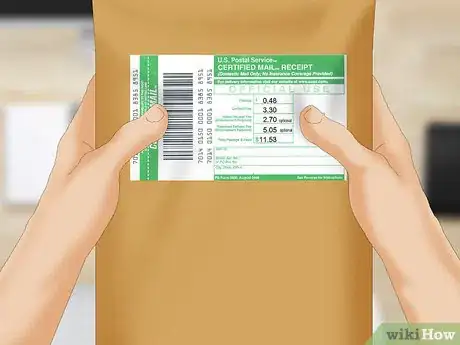
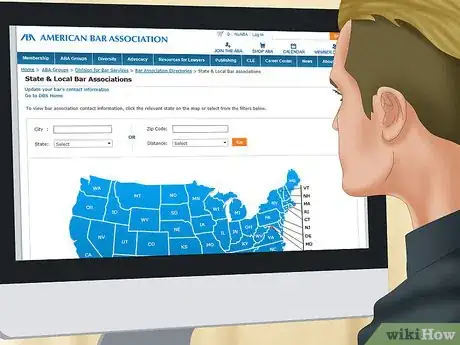
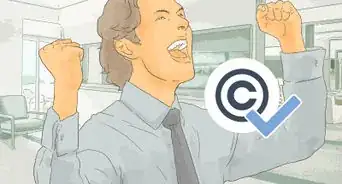
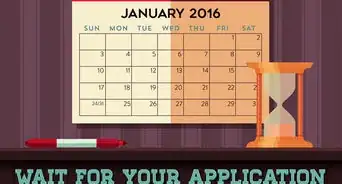
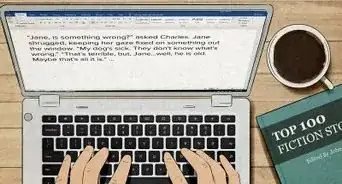
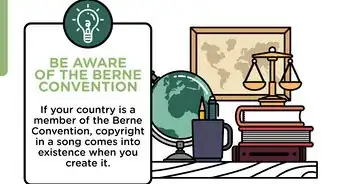
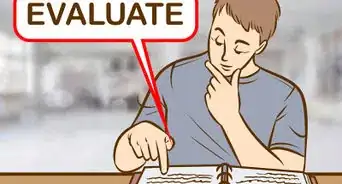

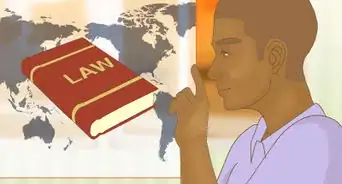

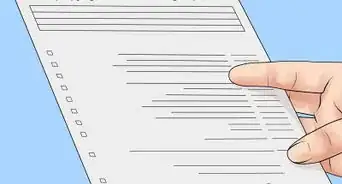
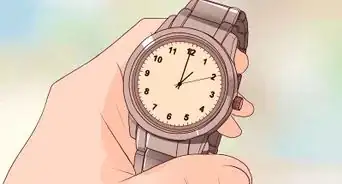
-Step-13.webp)
